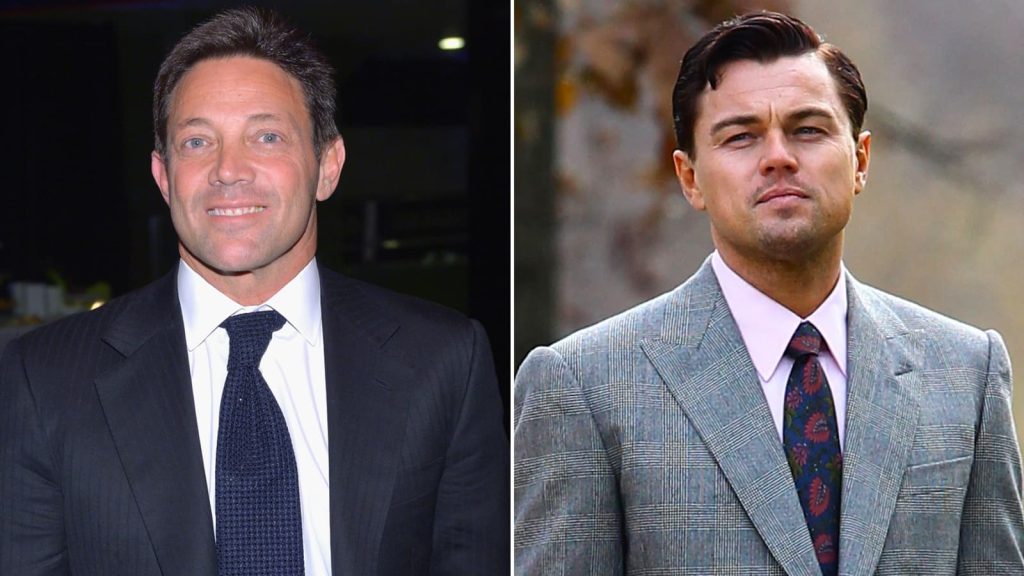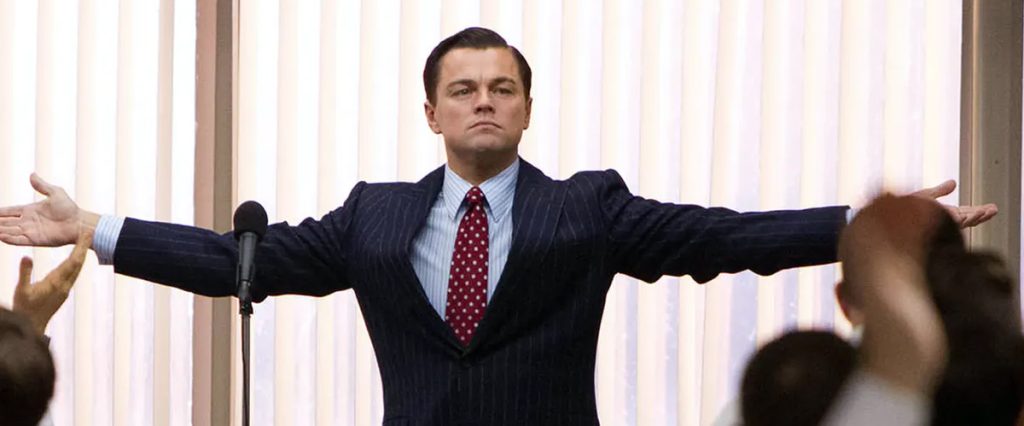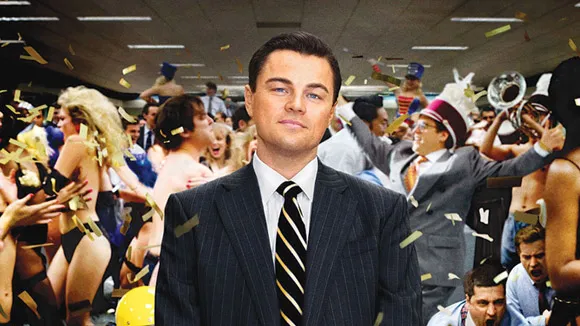With its depiction of stockbroker Jordan Belfort’s turbulent life, The Wolf of Wall Street, which was released in 2013, puzzled the audience worldwide. The memoir with the same title, written by Belfort, served as the inspiration for the film. In 1999, Belfort pleaded guilty to several charges of stock market manipulation and orchestrating a protracted penny stock scheme.
Way of the Wolf, a self-help memoir by Belfort, was published in 2017. Belfort has come under fire for making money off of his claim of robbing money from good people while leaving his victims with nothing. Belfort has rebuilt himself as a motivational speaker following controversies and a prison sentence for securities fraud.
One of his main concerns is the contrast between greed, ambition, and passion on Wall Street. The majority of the scenes depicted in the film are real, according to Belfort’s best reconciliations. The depictions of the abundant drug use, sex workers in large numbers, and pervasive crime are all quite accurate.
Numerous of the film’s most outlandish sequences, including the one where a female employee gets her head shaved for $10,000, are based on real events. Here is your chance to learn the entire backstory if you have seen the movie.

Who was Jordan Belfort?
Jordan Belfort, who was born in 1962 and grew up in Queens, New York, showed an early aptitude for business. In his autobiography The Wolf of Wall Street, Belfort claims that he and a friend operated a beachside business selling Italian water ice treats out of low-cost styrofoam coolers.
Between high school and college, Belfort and his companion made a staggering $20,000 throughout the summer. The main plot of Scorsese’s film, which follows Jordan Belfort (Leonardo DiCaprio) and his brokerage company Stratton Oakmont, is based on real-life events.
Belfort was undoubtedly breaking hundreds of laws, many of which involved cheating his shareholders and manipulating the shares of numerous businesses. In his 2007 memoir, he constantly refers to this as a “cult,” which he brainwashed young, primarily working-class adolescents from Long Island into.
While all of this was happening in his professional life, Belfort’s personal life was being torn apart by drug addictions, particularly cocaine and sedatives like Quaaludes. The Duchess of Bay Ridge, who was portrayed by Margot Robbie in the movie, was the lady with whom he had an affair with his first wife.
He eventually wed the Duchess, and the two of them had a troubled marriage marked by dishonesty and abuse that resulted in divorce. After serving 22 months in federal prison, Belfort was eventually arrested by the FBI and went on to become a motivational speaker and writer.
The movie’s frequent use of fourth-wall-breaking narrations, in which Belfort speaks directly to the camera or audience, is one element that successfully captures the thinking and perspective of the real-life businessman.
Belfort’s Route to the Wall Street

In the past, Belfort wasn’t a stockbroker. His first employment involved going door to door on Long Island, selling meat and seafood. However, the business collapsed, and he eventually went into bankruptcy at the age of 25.
A family friend assisted Belfort in securing employment as a trainee at the L.F. Rothschild corporation; nevertheless, Belfort was fired after the stock market crashed in 1987. But the knowledge he obtained there didn’t go to waste; in 1989, after learning that he would get paid 50% for every penny stock he sold, he created the over-the-counter brokerage firm Stratton Oakmont.
Belfort’s goal was to win over investors’ trust. By offering penny stocks with a guaranteed financial return but low commission costs, The stockbroker tries to sell an already-owned stock that was purchased at a low price but fraudulently inflates the worth to the investors when the investors witness the outcome.
Because they have faith in the stockbroker, the investors purchase the overvalued stock with the expectation of making a larger profit; but, when the company resells the shares, the price drops, and the investors lose their investment. Since the stockbroker pumps up the value before dumping the stock, this method is known as “pump and dump.”
Jordan Belfort’s timeline of Scams, Frauds, and Other Crimes
Stratton Oakmont operated like a boiler room, pressuring investors to deposit their money in risky securities. The company reportedly employed over 1,000 stockbrokers at its height, who oversaw investments aggregating more than $1 billion.
The National Association of Securities Dealers (NASD) has consistently taken legal action against Stratton Oakmont throughout its existence. The company was shut down in 1999. Belfort and his friend Danny Porush who was Jordan’s right and left hand were charged with securities fraud and money laundering in 1999.
For the pump-and-dump schemes, which could have cost his investors up to $200 million, Belfort admitted to fraud. He received a four-year prison term but only spent 22 months behind bars.
Where is the Wall Street Now
After serving his sentence, he gained fame as a motivational speaker and author because of the success of his book, but he didn’t fully pay the required restitution. Out of the $1.2 million that was paid to Belfort in connection with the film before its release, BusinessWeek reported that he had only made a $21,000 contribution toward his restitution obligations.
Now, He promotes himself on his social media as a father, business owner, speaker, and author. He offers Straight Line Sales Certification training programs that can cost up to $7,998. In spite of having damaged millions of lives back in the 1990s, he also writes about his luxurious lifestyle on Instagram and Tik Tok.

